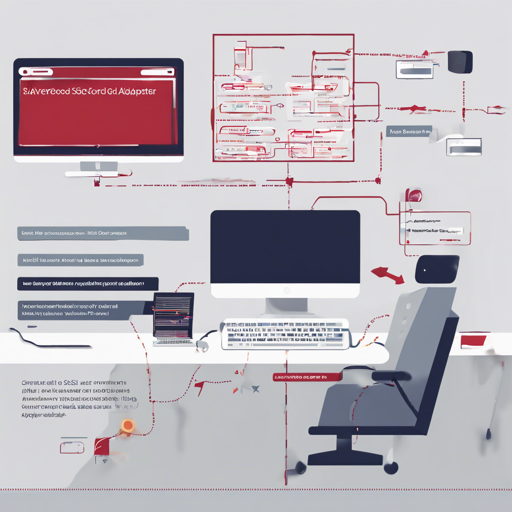If you’re looking to connect your Ruby on Rails application to a SQL Server database, you’ve landed in the right place! In this article, we’ll walk you through the setup process for the ActiveRecord SQL Server Adapter, ensuring that you can leverage the power of SQL Server with ActiveRecord’s incredible flexibility.
What is the ActiveRecord SQL Server Adapter?
The ActiveRecord SQL Server Adapter is a bridge that allows Ruby on Rails applications to communicate with SQL Server (2012 or higher). It follows a rational versioning policy and seamlessly integrates with Rails versions, making your life easier when developing applications.
Steps to Connect Your Rails Application to SQL Server
- Create a New Rails Application:
Start by creating a new Rails application. By default, this application will use SQLite.
rails new my_appNext, you’ll need to install the ActiveRecord SQL Server Adapter. Remove the SQLite3 gem from your Gemfile and add the following line:
gem 'activerecord-sqlserver-adapter'Now, you’ll need to configure your application to connect to your SQL Server instance. Modify the config/database.yml file as follows:
development:
adapter: sqlserver
host: localhost
port: 1433
database: my_app_development
username: frank_castle
password: secretUsing the Adapter with ActiveRecord
The ActiveRecord SQL Server Adapter allows you to utilize various SQL Server features smoothly. Below are some key functionalities you can take advantage of:
Handling Identity Inserts
In a scenario where you need to manage identity inserts, the adapter offers a mechanism using triggers. By utilizing the OUTPUT INSERTED statement and a temporary table, it efficiently handles complex insert scenarios.
adapter.exclude_output_inserted_table_names[my_table_name] = trueSchema Configuration
Ruby conventions suggest using lowercase method names. If your database schema is not following this, set it to lowercase during schema reflection:
ActiveRecord::ConnectionAdapters::SQLServerAdapter.lowercase_schema_reflection = trueExecuting Stored Procedures
Now you can execute stored procedures directly from any ActiveRecord subclass. This makes it super easy to interact with your SQL Server database!
Account.execute_procedure(:update_totals, admin, nil, true)Troubleshooting and Tips
If you encounter any issues while setting up the ActiveRecord SQL Server Adapter, here are some troubleshooting ideas:
- Adapter Compatibility: Ensure that the adapter version aligns with your Rails version. Check Rubygems for the latest version.
- Database Connection Errors: Double-check your config/database.yml for typos in the host, username, password, and database name.
- Supported Data Types: Familiarize yourself with the supported data types to avoid runtime errors.
For more insights, updates, or to collaborate on AI development projects, stay connected with fxis.ai.
Conclusion
Setting up the ActiveRecord SQL Server Adapter is a straightforward process that allows you to leverage the robust features of SQL Server within your Rails applications. Whether you are executing stored procedures or managing complex data types, this adapter provides a seamless experience.
At fxis.ai, we believe that such advancements are crucial for the future of AI, as they enable more comprehensive and effective solutions. Our team is continually exploring new methodologies to push the envelope in artificial intelligence, ensuring that our clients benefit from the latest technological innovations.

